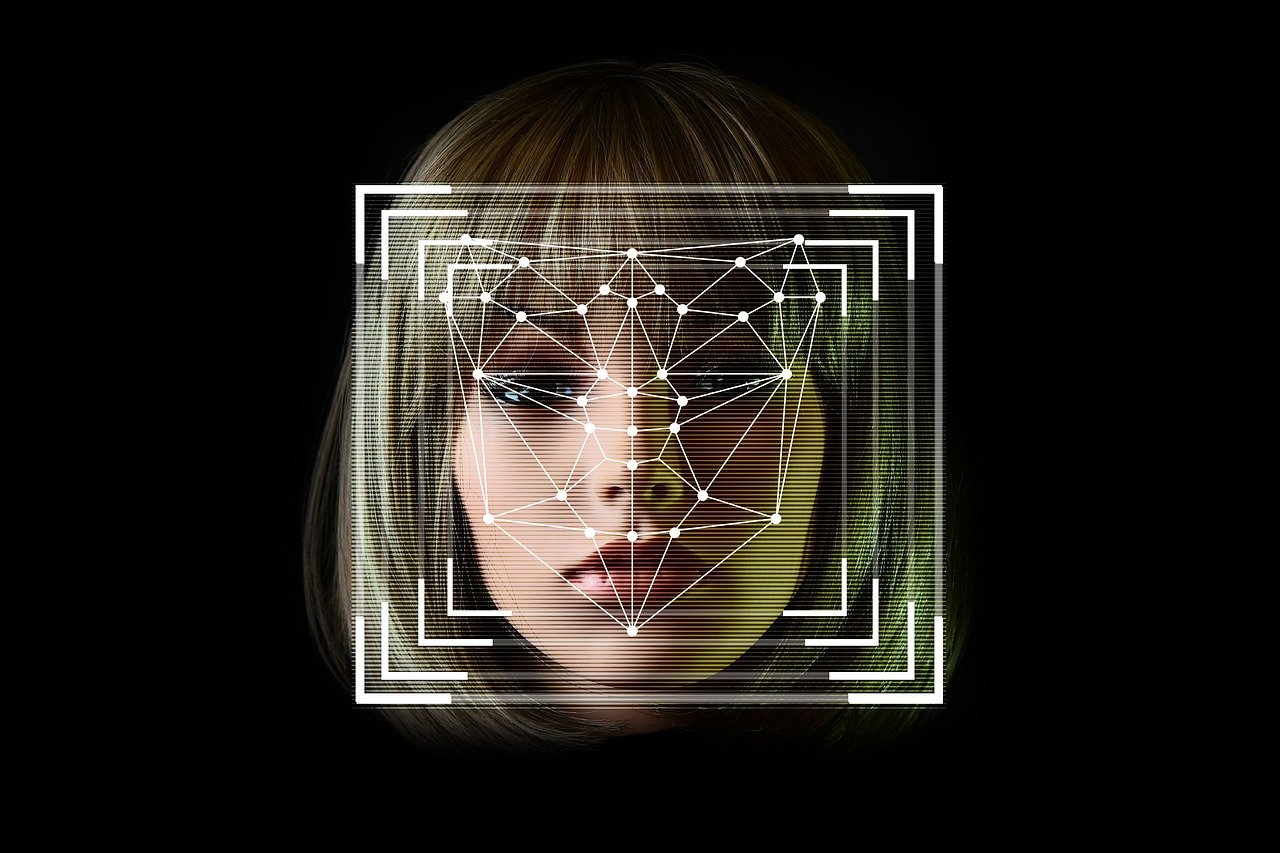This post is also available in:
 עברית (Hebrew)
עברית (Hebrew)
Do you think you can notice when a picture is machine or man-made? Don’t be so sure- A recent study led by experts at The Australian National University revealed that AI has reached a point where its generated white faces are perceived as more realistic than actual human faces, which raised concerns about the potential reinforcement of misinformation and racial biases online.
The research shows that many participants believed AI-generated white faces to be genuine, which wasn’t the same for the faces of people of color. According to the paper’s senior author Dr. Amy Dawel, this discrepancy stems from the disproportionate training of AI algorithms on white faces.
Another unsettling aspect revealed by the study is AI ‘hyper-realism’, due to which people often fail to recognize when they are being deceived. Elizabeth Miller, a PhD candidate at ANU and co-author of the study, claims that most people who perceive AI-generated faces as real are extremely confident in their judgment, and therefore don’t know they are being tricked.
According to Interesting Engineering, the researchers found that despite there being physical differences between AI and human faces, they are very often misinterpreted. Dr. Dawel provides the example that White AI faces tend to be more in proportion (which people mistake as a sign of humanness) and adds that we as a society cannot rely on these physical cues for long. She explains that due to the rapid progress of these algorithms, these differences will soon disappear completely.
The urgency of addressing this trend comes from the increasingly dangerous spread of misinformation and identity theft as potential consequences. There is a danger that technology is evolving faster than society’s ability to adapt to and comprehend these changes.
The researchers claim that the call for action extends beyond transparency, adding that raising public awareness is a crucial step in mitigating risks associated with AI-generated faces.
Nowadays, when humans find it increasingly difficult to distinguish AI faces from real ones, there is a growing need for AI identification tools. Dr. Dawl concludes- “Educating people about the perceived realism of AI faces could help make the public appropriately skeptical about the images they’re seeing online.”


























